If you are a mother or know someone who has had a baby in the past 30 years, chances are that you have heard the phrase “breast is best,” which is meant to convey the benefits of breastfeeding over formula feeding. Indeed, the list of health benefits of breastfeeding for babies is quite long and includes:
- Protection against allergies and eczema.
- Reduction in GI problems, diarrhea, and constipation.
- Reduction in the risk for viruses, urinary tract infections, inflammatory bowel disease, gastroenteritis, ear infections, and respiratory infections.
- Reduction in the risk of SIDS.
- Protection against diseases such as spinal meningitis, type 1 diabetes, and Hodgkin’s lymphoma.
- Reduction of obesity.
- Strengthening of the mother-baby bond.
There is also a long list of health benefits for the mother, including:
- Lowered risk of breast and ovarian cancer.
- Promotion of weight loss.
- Triggering the uterus to shrink.
- Lowering the risk of osteoporosis.
It also saves money and is more eco-friendly.
Despite all these benefits, the number of mothers breastfeeding worldwide was low in 1991. In response to this, the World Health Organization (W.H.O.) and UNICEF developed what they termed the “Baby-Friendly Hospital Initiative,” which is a program that attempts to encourage hospitals and birthing centers to promote breastfeeding instead of formula feeding. One of the major components of this initiative is the W.H.O’s “10 Steps to Successful Breastfeeding,” which is a list of interventions that includes skin-to-skin between mother and baby in the first few hours of life, rooming-in (where the mother and baby stay together instead of the baby going to a nursery), no pacifiers (to prevent “nipple confusion”) and no formula except when “medically necessary.” More than 600 hospitals in the United States have now been certified as “Baby-Friendly.”
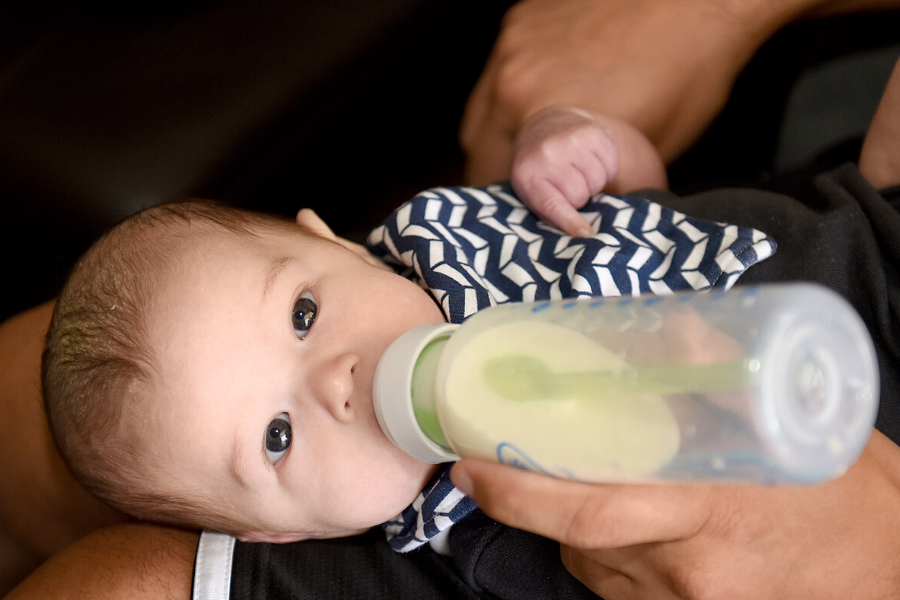
All of this sounds good in theory, and I believe that the intent behind this initiative was very commendable. However, there has been growing concern that this initiative has had many unintended negative effects. One important concern is that there have been adverse health outcomes and even deaths of babies who were withheld formula and essentially starved. In response to this, the Fed is Best Foundation was founded in 2016. Their mission is to:
“Identify critical gaps in current breastfeeding protocols, guidelines, and education programs and to provide families and health professionals with the most up-to-date scientific research, education, and resources. To practice safe infant feeding with breast milk, formula, or a combination of both and to eliminate infant feeding shaming while prioritizing perinatal mental health.”
In addition to the potential negative consequences of the Baby-Friendly Hospital Initiative, a study published in October of 2019 in the Journal of Pediatrics found that states with Baby-Friendly Hospitals did not have any higher rates of breastfeeding than states without them, which calls into question the effectiveness of this strategy.
On a personal level, I had a very unpleasant experience with a Baby-Friendly hospital. The birth of my first child was complicated by a failed induction, failure to progress, chorioamnionitis and ultimately resulted in a c-section. I was not producing any colostrum or breast milk, but the nurses and lactation consultants continued to tell me that I should not give my baby any formula. Finally, after two days of starving my daughter, she was crying non-stop and inconsolable. I requested formula and was basically made to feel like a failure and a horrible mother. I was forced to sign a form that I understood all of the harmful things I was doing to my baby by giving her formula. Ultimately, my milk came in around 5 days postpartum and I was able to easily switch my daughter to breast milk. Supplementing her with formula for those first few days likely saved her life.
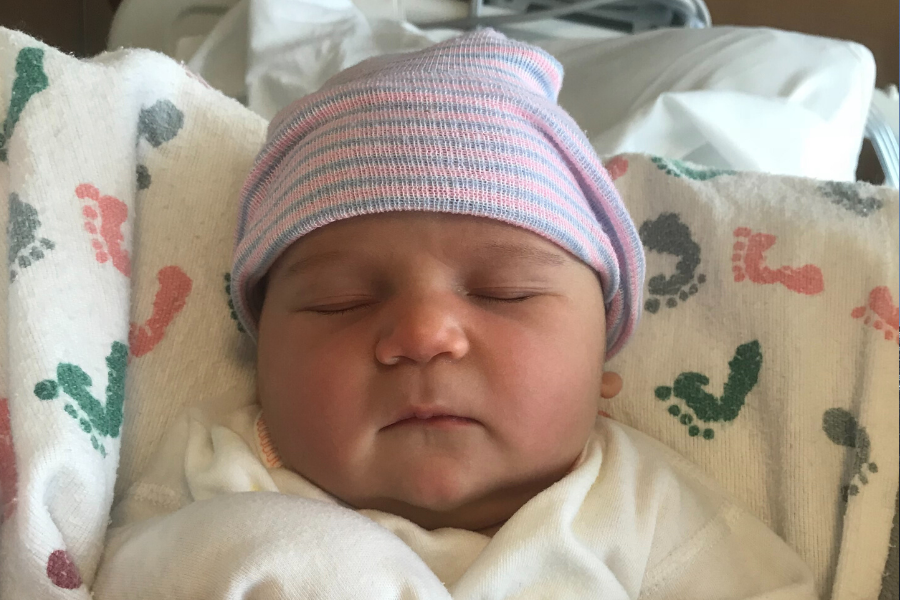
When I gave birth to my son a year and a half later, I was at least a little more prepared. However, I distinctly remember a nurse placing my son on my chest and aggressively squeezing my breasts, minutes after they had delivered him via c-section. The surgeon kept commenting that the nurse was disrupting the surgical field and making it hard for them to close me up. In addition, I was already having shortness of breath and having the baby on my chest with the nurse squeezing my breasts was only making it more and more difficult to breathe. Afterwards, my colostrum and breast milk did not come in, and I was again told that it would be a very bad decision to give my son any formula. Thankfully, I knew this time around that it could be several days before I would be able to feed my son with my breast milk, so I requested formula right away. I was also easily able to transition him to breast milk a few days later.
I will never forget those first few days in the “baby-friendly” hospital that I spent with my infant daughter who was essentially starving. I was basically in a state of constant anxiety and panic as she could not be consoled and was constantly crying. I didn’t sleep at all because I was aggressively breast pumping around the clock and doing everything that I was told to do by the lactation consultants and nurses. I felt like a huge failure and I was massively sleep deprived. When I finally caved and requested formula, I was made to feel like I was poisoning my daughter and that I had failed her as a mother.
I’m extremely lucky to have made it through this experience without too many mental health issues, and I eventually recovered physically and mentally. However, I fear that many other women may not be as lucky.
Due to hormonal shifts and the stressors of caring for a newborn, the postpartum period puts mothers at an elevated risk for developing multiple mental health conditions. Postpartum depression and anxiety are extremely common and according to the American Pregnancy Association, in the United States alone:
- Approximately 70% to 80% of women will experience, at a minimum, the ‘baby blues.’ Many of these women will experience the more severe condition of postpartum depression or a related condition.
- The reported rate of clinical postpartum depression among new mothers is between 10% to 20%.
- The rate of postpartum anxiety has also been reported to be around 10%.
As a psychiatrist, I am particularly concerned about how we treat mothers, (especially new mothers) during their hospital stays, and especially in those important first few hours and days after giving birth. I am concerned both as a psychiatrist and a mother that the Baby-Friendly Hospital Initiative is having multiple negative consequences, including negatively impacting the health of babies, as well as the mental health of the mothers. While I do believe that breastfeeding is a very healthy option for both babies and mothers, I feel that the pendulum has swung too far in the opposite direction and we have become too strict and rigid in our implementation.
I agree with the “Fed is Best” mantra. Above all else, we must ensure that babies are fed, and this can sometimes mean using formula instead of breast milk. I also believe that we should be prioritizing the mental health of our mothers, and this means not aggressively enforcing breastfeeding guidelines or guilt tripping mothers for having to make the best decision for themselves and their babies. A wise friend and colleague of mine, Liz Burkholder, NP really summed it up well: “breast is best, unless it’s making mom depressed.” Pressuring mothers to breast feed at any cost and causing them to feel guilty if they choose to give formula will only lead to worsening of maternal mental health outcomes. We shouldn’t be making mothers feel like failures right out of the gate. We should instead be supporting and empowering them to make informed decisions, which also take into consideration their own mental health. Instead of telling mothers that breastfeeding is the only healthy option, let’s celebrate feeding our babies and support mothers in making the decision that they feel is best, even when it’s not the breast!
Note: The title to this post was revised on 5/12/20 for clarification.


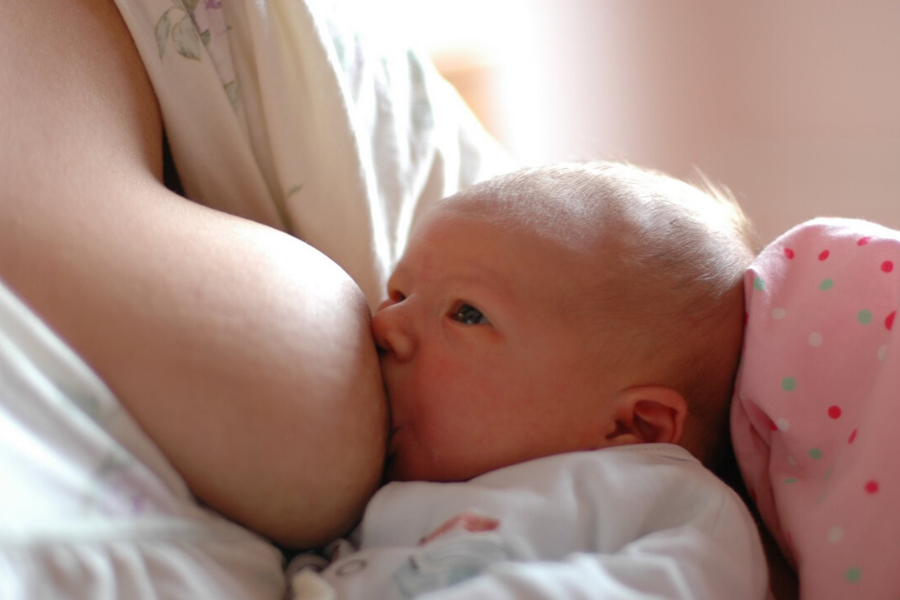


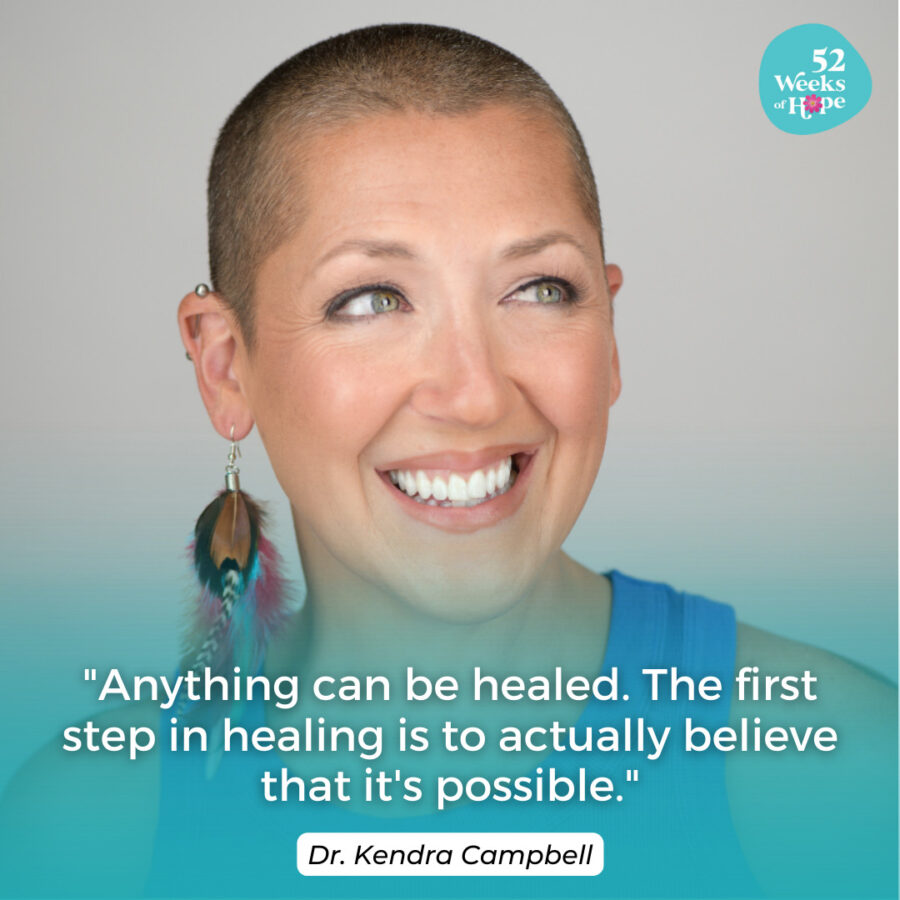
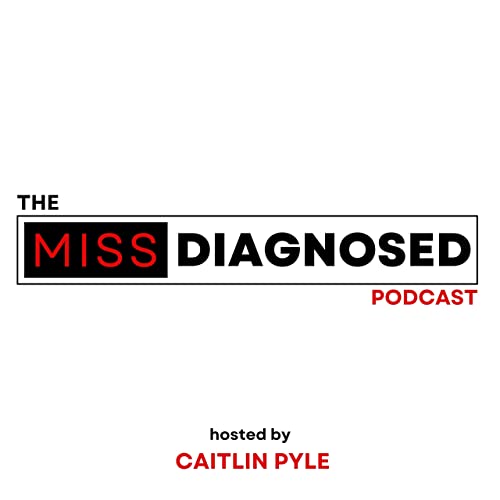
Would be best for the whole family if our society (starting with our medical providers) had a true focus on both. The mother and baby. One interconnected relationship. Not separate. Baby Friendly is not the only designation that US hospitals can be capable of meeting. There are also Mother Friendly guidelines which almost all US hospitals fail at miserably regardless of whether or not they are designated as Baby Friendly. Every human should have access to care that meets both guidelines for Mother-Baby Friendly designations.
Thanks for your comment. I agree wholeheartedly with you!
Great article. Describes my experience exactly. The next go round will be different. I might not even let a breast is best LC into my room. :)
People who enter into the hospital to give birth typically have made a previous decision as to how they will feed their babies.
With that as a given, everyone should get the support they need specific to their goal.
‘Breast is Best’ is an attempt to reverse damage from decades of unchecked predatory marketing tactics (that doctors and hospitals brokered) contributing to many of the health disparities we see in reports.
In my opinion it’s an unintended consequence that people who do not wish to give their milk to their babies feel a sense of guilt when hospital staff ask about breastfeeding- nurses aren’t usually pushing an agenda to persuade families away from their birth plans, they’re typically crossing things off the list when they offer lactation support.
No parent should be pressured into doing anything with their bodies against their will. Coercion happens in the medical field, from epidurals to IUDs, yes- that practice deserves to be called out & ended. U.S. hospitals have serious failures to meet the needs of birthing people… I could go on but I’ll stay on the subject.
I just don’t agree that the term ‘Breast is Best’ is meant to be a divisive term designed to guilt trip anyone and I think adding “…unless mom is depressed” is misleading because perinatal mood disorders can be managed while breastfeeding (if the parent so chooses) and also that phrasing can be interpreted to mean that the milk itself is unsafe.
For BIPOC populations at alarmingly higher risk for infant mortality, access to human milk means protective factors and better chances at graduating from the NICU. Messaging that is pro human milk isn’t automatically anti formula.
Thanks for your thoughtful comment! I wanted to clarify that I do not think there is anything wrong with the phrase “breast is best” and I happen to be incredibly pro-breastfeeding (and breastfed both of my children.) I believe that, in theory, the idea behind the baby-friendly hospital initiative is sound. In fact, I intentionally wanted to give birth at a baby-friendly hospital. However, in practice I believe that the implementation has become rigid and aggressive. And I say this from my own personal experience, as well as from having spoken with hundreds of women (some of them my patients) on this topic. Many women that I’ve spoken to expressed how unpleasant the experience was and how they felt pressured to withhold formula at all costs. And that is where my concern lies – that we may be causing many women undue stress and anxiety when attempting to implement a policy that has very good intentions. Also, I totally agree that the phrase “breast is best, unless mom is depressed” is misleading. I definitely don’t think it would be a good slogan to adopt, as I agree completely with you about treating breastfeeding mothers with depression (which is something I do frequently). I was attempting to boil down a concept into a catchy, memorable phrase for the post. And thank you for your comment, which gave me an opportunity to clarify!
This sounds very much like a failure of the medical staff you were working with to provide you with up to date and evidence based lactation care. If you are interested it would be interesting for us as your readers to hear the credentials of the medical staff that gave you lactation support. Often lactation support is coming from health staff other than IBCLCs that still call themselves lactation consultants and can really harm mothers. For example I doubt the nurse that latched your baby while you were experiencing trouble breathing was an IBCLC, as the IBCLC is not present in the operating room. I totally agree with you that you were robbed of appropriate care but I want to put it out there that perhaps the failure was the hospital providing qualified support. The title of the article might mislead women into believing if they suffer from mental health issues breastfeeding will worsen them when our current research overwhelming shows it to help support mental health when women have the appropriate care that allows for a good breastfeeding experience. I found your article just by scrolling my trending Google articles feed and if I wasn’t already a health care professional I might have read the just the title and taken it at face value to be accurate.
Thanks for your comment! I revised the title of the post to make the concept more clear!
Amen!
I have been saying the same thing to any one who will listen for years. If breastfeeding is making you miserable it’s not worth it. A happy mother is a far better mother. Breastfeeding is not a measure of your worth as a mother.
After a similar experience to yours following the birth of my son via emergency c-section ten years ago, I started to believe the rigid emphasis on breastfeeding and the implication that it is the only way to bond with a newborn is harmful to mothers and sometimes to babies as you point out.
My son was a big hungry boy. My milk didn’t come in for 7 days. They made us feel like drug pushers when we gave him formula. One nurse actually told us that he would never breastfeed if we keep “pushing formula”. When I was uncomfortable after the C-section and totally paralyzed from the bosom down and complained that I couldn’t even move my legs nevermind breastfeed a newborn (he was my first and I had zero experience with newborns). The nurse told me I didn’t need legs to breastfeed. He eventually did get 100% breast milk (which I pumped and bottle fed) but that bit of formula in the first week made a huge difference.
My second child was just under 6 pounds at birth. Because of her small size, they made us formula feed. That was a relief. A very calm Filipino nurse did put her on the breast right after she was born but the process felt natural and sweet in comparison to the first time around. My tiny baby latched easily. We then fed formula and tried to get her on the breast as we could. Again, feeding her formula in the early days had no impact on long term breastfeeding success.
Two months ago I had my third child. This time I told them I planned to both bottle and breastfeed. It was somewhat better but the nurses still pushed breastfeeding and made me feel guilty for requesting formula when my nipples were raw and my baby had barely peed (and what pee she did do was brick colored). They still insisted that she was meant to starve the first few days. She was becoming increasingly unhappy and so was I. Again, my milk took a little longer to come in (again I had a c-section). I was grateful once again that formula existed to tide us over. She is now breastfeeding.
It’s hard enough giving birth. Let’s stop shaming mothers who choose to give formula. Nursing staff especially needs to be supportive when it comes to this issue not ideological and judgmental.
Thank you so very much for your comment and sharing your story. It sounds extremely similar to what I experienced, and also what many mamas have told me. I think we all need to continue sharing these stories and speaking up. Hopefully, things will start to change and the system will become actually both mama and baby friendly!
I had my son this past January and I was pushed to breastfeed which I planned to do just as I had done with my first child. But my milk didn’t come in right away maybe 2 days and what little did come in was maybe a drop or two. I was feeling overwhelmed in the way it was handled even though I had already had breastfed my daughter before. And my son didn’t latch on which caused my milk I assume to come in later as well. My daughter was strictly breastfed but for my son the first few nights I didn’t sleep and would cry myself to sleep with my son crying as well because I couldn’t produce what he needed. I ended up supplementing formula for 2 days until I was able to feed him breast milk but since he was never able to latch on and still has problems doing so, he gets too frustrated within not being able to latch on in seconds that he’ll start screaming and stop trying all together, I now pump and feed him my breast milk from bottles. Which I know isn’t “correct” either and I’ve gotten people and nurses tell me that as well but it works for me. My son and my daughter were drastically different when it came to feeding and I had a hard time accepting that it was ok to figuring out your own way to feed your child as long as they were happy and fed.
Thanks for your comment and congrats on the birth of your son! Your experience sounds similar to mine. Thanks for sharing it. I agree with you and believe that the bottom line is that we are all amazing moms by feeding our babies in whatever way!
Unfortunately, you and the medical professionals you dealt with are/were uneducated in breastfeeding.
Your babies are likely tied, which hospital staff know little to nothing about.
You begin producing colostrum about halfway through pregnancy. And it IS enough for baby, but being tied makes them less efficient.
Day 5 is absolutely within the normal range of mature milk coming in.
Giving formula did not “likely save” their life. The milk was there, and they were getting it.
Articles like this is why so many mothers fail at nursing and why society makes it so hard on them to succeed.
Crap doctors are also a large contributing factor.
Thanks for your comment. However, I disagree. I feel that making sweeping statements without knowing the clinical details isn’t helpful. That is actually the idea behind my post. I don’t think there should be a “once size fits all” approach, but I think this is how the baby-friendly initiative is being implemented. I did not produce any colostrum and with my son, I had such a large volume of blood loss that a transfusion was suggested (I declined it). I didn’t produce anything until around 7 days postpartum. In addition, my son did have a tongue tie, which I had cut (by a very knowledgeable pediatrician), but that didn’t impact my milk production in any way (he latched just fine). With my daughter, by day 2, it was clear to me that she was hungry and dehydrated. I am not a pediatrician, but as a mother and a physician, I can clearly see the signs of both in a newborn. Both of my babies are quite happy and healthy and I don’t believe that they were significantly harmed by receiving a few ounces of formula in their first few days. I do agree that there are a lot of misinformed nurses, LCs and doctors out there. However, my primary concern is what all this is doing to the mental health of the mothers. My experience has been echoed by many other mothers. I think a happy balance can be found between supporting mothers non-judgmentally or harshly while also supporting their breastfeeding (or formula feeding, or any feeding) journeys. I don’t think the two things are mutually exclusive.
Yes!!! Breastfeeding was a terrible experience for me that was causing me severe anxiety and depression. I was repeatedly told “breast is best”. I was crying to my baby’s pediatrician and she said “fed is best!” It was such a relief when my doctors kept pushing me. Telling me breastfeeding was great for bonding. I literally dont remember anything from my oldest first month of life. The second baby I formula fed from day 1 and I have a great bond with both!
Thanks for your comment and for sharing your experience! This echos so many stories that I’ve heard from other mothers! I’m so glad the second time around, you were prepared and ready to make the decision that was best for you and your baby! :)
This article is on point! Thank you for your honest insight. I tried to breastfeed both my kids but they were unwilling to latch . I saw a ton of lactation consultants and they assured me that their latch was fine, however my kids were frustrated at the breast. My decision to exclusively pump for both came with a lot of judgement too. Everyone said I couldn’t keep it up but my first got breast milk for 8 months and I’m a couple of months in with my second. I think supplementing with formula actually is helpful because for many moms it helps extending breastfeeding while taking the edge off the stress associated with it.
Thanks for your comment and sharing your story! I absolutely agree and I’m glad you were able to find what worked best for you and your babies. That is everything! :)